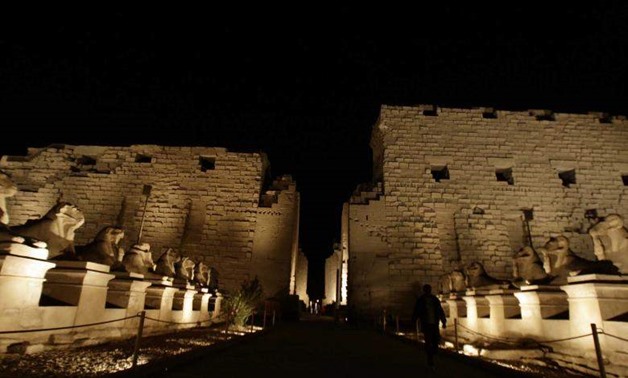
Kebbash Road in Luxor May, 2014 – Pixabay.com
The Pharaonic Kebbash Road is to become the longest gangway and open museum in the world.
The renovation of the Pharaonic Kebbash Road is considered a monumental moment for Luxor, as the project will bring the great road to life again. Its new design is set to change Luxor’s position on the touristic map, as it will become the longest gangway and open museum in the world, according to Minister of Antiquities Khaled el-Enany’s statement to local press.

Some statues along Kebbash Road March, 2013 – Pixabay.com
It is expected that the new makeover of Kebbash Road will attract tourists the world over and play a vital role in pushing the Egyptian tourism sector forward, according to Luxor Governor Mohamed Badr.
Kebbash Road will be reopened by the second half of 2018 after its renovation, after having been halted for six years the project will soon be finished. The project is expected to cost around $340 million, el-Enany told local press.
In Ancient Egypt, Kebbash Road connected the Karnak Temple Complex with the Luxor Temple. During the time of the Pharaohs, the road was one of the most important, as it hosted ceremonies and festivals. The road was opened to the public in March 2013 by the Minister of Tourism.
Although Kebbash Road is 2.7 kilometers long, a walk through it is enjoyable as there are around 1,200 statues lining one side of the road, each resembling the Sphinx (where the head is that of a ram and the body is that of a lion) and sculpted from sandstone.
This meaningful decoration is dedicated to Amun, as the head of the statues are in the form of the god’s while the rest of the statue — the body of a lion — is a means of protecting the temples from looters.
Comments
Leave a Comment